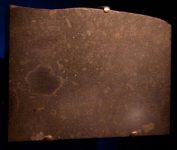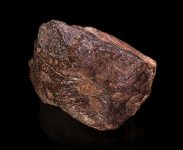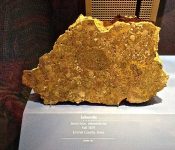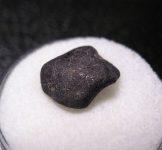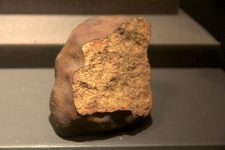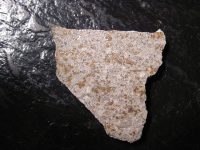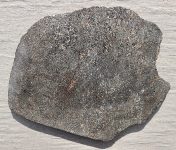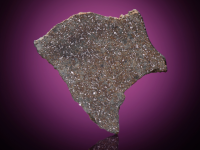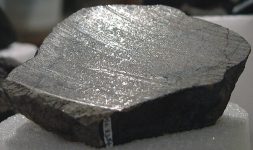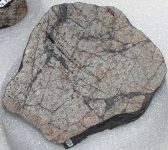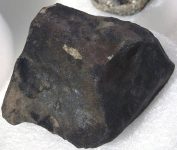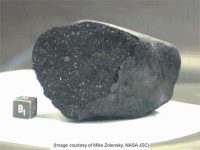stony meteorites
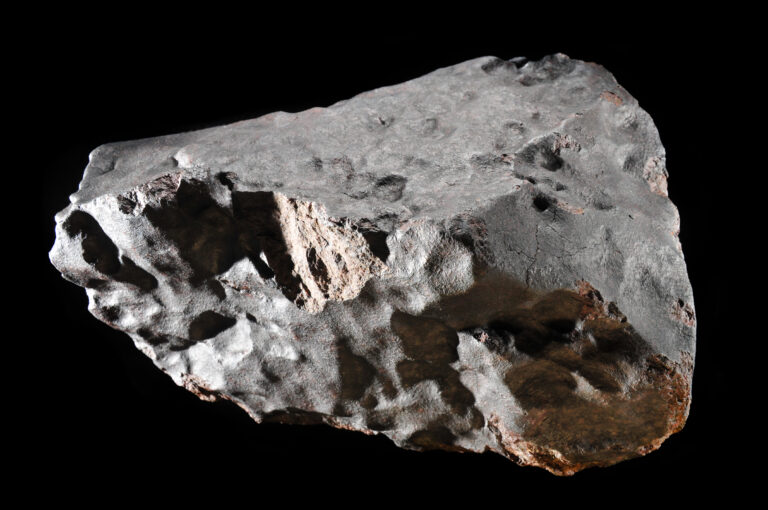


Stony
Stony meteorites, or chondrites, are fascinating celestial objects that provide a unique window into the early solar system. As the most common type of meteorite, they make up approximately 86% of all known meteorites. These space rocks are primarily composed of silicate minerals and are characterized by the presence of small, round particles known as chondrules. This detailed overview delves into the composition, classification, formation, and scientific significance of stony meteorites.
Composition of Stony Meteorites
The primary components of stony meteorites are silicate minerals such as olivine and pyroxene, which are common on Earth. In addition to these silicates, stony meteorites contain iron-nickel metal and sulfide minerals. The combination of these materials gives chondrites their distinct properties and appearance.
Chondrules
A defining feature of chondrites is the presence of chondrules. These small, spherical inclusions are typically 0.1 to 2 millimeters in diameter and are composed mainly of olivine and pyroxene. Chondrules are believed to have formed as molten or partially molten droplets in the solar nebula before being accreted into the parent asteroid. The study of chondrules provides valuable insights into the high-temperature processes that occurred in the early solar system.
Matrix
Surrounding the chondrules is a fine-grained material known as the matrix. The matrix of a stony meteorite can contain tiny mineral grains, metal particles, and organic compounds. This matrix is crucial for understanding the conditions under which the meteorite formed, as it often preserves evidence of the processes that took place during the early stages of the solar system.
Ordinary Chondrites
Ordinary chondrites are the most common type of stony meteorite, accounting for about 80% of all chondrites. They are divided into three groups based on their iron content: H, L, and LL chondrites. H chondrites have a high iron content, L chondrites have a low iron content, and LL chondrites have a low iron content and low metal content. Ordinary chondrites are composed mainly of olivine and pyroxene, with varying amounts of metallic iron and sulfide minerals.
Carbonaceous Chondrites
Carbonaceous chondrites are particularly interesting due to their high percentage of water and organic compounds. These meteorites are thought to be among the most primitive materials in the solar system, preserving the composition of the early solar nebula. Carbonaceous chondrites are divided into several groups, including CI, CM, and CV chondrites. Each group has distinct properties and compositions, providing valuable information about the conditions in different regions of the solar nebula.
Formation and Age
Chondrites are believed to have formed about 4.56 billion years ago, shortly after the formation of the solar system. Their composition and structure provide valuable insights into the conditions and processes that were present during this early period. The study of chondrites has revealed that they formed through a combination of high-temperature processes, such as the formation of chondrules and CAIs, and low-temperature processes, such as the accretion of dust and ice.
High-Temperature Processes
The formation of chondrules and CAIs involved high-temperature processes that occurred in the solar nebula. These processes likely involved the rapid heating and cooling of dust particles, leading to the formation of molten droplets that solidified into chondrules. The exact mechanisms responsible for these high-temperature processes are still a topic of active research, but they are thought to involve shock waves, lightning, or other energetic events in the solar nebula.
Low-Temperature Processes
Following the formation of chondrules and CAIs, chondrites underwent low-temperature processes that involved the accretion of dust and ice. These processes led to the formation of the fine-grained matrix that surrounds the chondrules and inclusions. The study of the matrix provides valuable information about the conditions in the solar nebula and the processes that led to the formation of the parent asteroids.
Parent Bodies
Chondrites originate from asteroids, which are remnants of the early solar system. These parent bodies have undergone varying degrees of alteration and differentiation since their formation. The study of chondrites provides valuable information about the composition and history of these parent bodies, offering clues about the processes that have shaped the solar system over billions of years.
Insights into the Early Solar System
The composition of chondrites provides valuable information about the conditions in the early solar system. For example, the presence of chondrules and CAIs indicates that high-temperature processes were occurring in the solar nebula, while the matrix provides clues about the low-temperature processes that led to the accretion of dust and ice. The study of chondrites also provides information about the distribution of elements and isotopes in the early solar system, offering insights into the processes that led to the formation of the Sun and planets.
Clues about Planetary Formation
Chondrites provide valuable information about the processes that led to the formation of planetary bodies. By studying the composition and structure of chondrites, scientists can gain insights into the processes of accretion and differentiation that led to the formation of the planets. The study of differentiated meteorites, which are related to chondrites, provides additional information about the processes that lead to the formation of planetary cores, mantles, and crusts.
